Happiness is not a riddle,
when I’m listening
To that big bass fiddle.
- Lyric from George and Ira Gershwin’s Slap That Bass
The next three weeks of our journey down that Big River Called Jazz takes us to three of my favorite jazz musicians: Jimmy Blanton, Mary Lou Williams, and Herbie Nichols. All three escaped hardship and poverty by finding jazz. Their spirits are strong and their contributions were great; however, their names remain in relative obscurity. We start with the great Ellington bassist, Jimmy Blanton.
Perhaps no other bass player’s hard-driving sound gets my feet moving more than Jimmy Blanton….
When I was in grade school, I saw the 1937 Fred Astaire and Ginger Rogers RKO movie Shall We Dance on TV. I can still remember the profound impact George and Ira Gershwin’s song Slap That Bass had on me. At that moment, I fell in love with two things: the bass and tap dancing. I was mesmerized hearing that slapping sound and watching Fred Astaire tap rhythms with his feet. I knew right then I wanted to dance like Fred Astaire!
Incidentally, Fred Astaire’s roots were in vaudeville. In 1905, along with his sister Adele, he established his first major professional gig in the Orpheum Circuit, a combined theater chain of over 700 theaters in the United States and Canada that later merged to form the Keith-Albee-Orpheum circuit. Here’s the Orpheum in Minneapolis in 1933:
While on the circuit, Fred was inspired by the great tap dancer Bill “Bojangles” Robinson, who inspired him to incorporate tap dancing into their routines.
In 1912, Fred and Adele appeared in their first show in New York and had their first triumph on Broadway in 1917, with Over the Top at the Winter Garden. In 1923, they also found success on the London stage in Stop Flirting. Around the same time that Warner Bros. released The Jazz Singer, the first full-length talking motion picture, the Keith-Albee-Orpheum (KAO) circuit of theaters were looking to transition into the new “talking” movie business. They soon formed Radio-Keith-Orpheum (RKO), the movie company that would go on to release all but the last Fred Astaire and Ginger Rogers movies.
It was Fred Astaire’s connection to the Orpheum Circuit that would open his door to the movie industry.
Jimmy Blanton’s 1939 to 1941 recordings with the Duke Ellington Orchestra (and smaller ensembles connected with that band) elevated the double bass from a limited role as time-keeper and "novelty" soloist in the rhythm section of the jazz orchestra to a solo instrument on equal footing with the horn section - something unprecedented at the time. After Jimmy Blanton made his bass sound like a giant violin or guitar, there was no going back. He changed the bass forever.
Just listen to this classic duet with with Duke Ellington:
Jimmy Blanton was born on October 5, 1918, in Chattanooga, Tennessee. Both of his parents were musicians, and he showed considerable musical aptitude as a child, studying piano with his mother and violin and music theory with an uncle. His performing career began with bands made up of members of the Blanton family in the Chattanooga area. Although he first played the violin, he took up the bass while at Tennessee State University, performing with the Tennessee State Collegians in 1936 in 1937.
After leaving the University, the 19-year-old Blanton moved to St. Louis and joined the Jeter-Pillars Orchestra, one of the busier local dance bands. They played regularly at the historic Club Plantation and at the Coronado Hotel Ballroom.
He also worked on a riverboat with Fate Marable, without a doubt the most famous riverboat bandleader - Marable’s 1918 band featured such future jazz stars as cornetist Louis Armstrong, drummer Warren “Baby” Dodds, clarinetist Johnny Dodds, banjoist/guitarist Johnny St. Cyr, and bassist George “Pops” Foster.
“There was a saying in New Orleans. When some musician would get a job on the riverboats with Fate Marable, they’d say, ‘Well, you’re going to the conservatory’”
— Zutty Singelton (Drummer for Louis Armstrong's band with Earl Hines)
Late in 1939, the Duke Ellington Orchestra played in St. Louis. While Blanton was performing at an after-hours club - probably at the Coronado Hotel Ballroom - Duke and some of the band members stopped in to listen to the young bass sensation. Duke was so impressed, he hired him on the spot.
Blanton quickly received recognition for his outstanding contributions as both a solid rhythm section player and featured soloist. Before long, Ellington composed and arranged material to showcase Blanton’s talent and collaborated with him on two sets of bass-and-piano duets. The first set was on November 22, 1939, just three weeks after he joined Ellington’s band. This is Plucked Again, the first bass-and-piano jazz duet ever to be commercially recorded:
But who paved the way for Jimmy Blanton?
To name just two, Bill Johnson and Wellman Braud made meaningful contributions that drastically changed the nature of what it meant to play the bass in the world of jazz.
Slap the Bass
“Even when the big fiddle was used, projection was a problem in those pre-amplified days. The original New Orleans bass fiddle players perfected a “slap” technique that enabled the bass to be heard above the band…the bass player had better play his solos in the slap style, or else he would never get another solo.”
— Milt Hinton (Swing era bassist & student of Bill Johnson)
The double bass, or “string bass,” was not the preferred instrument for performing bass lines in jazz ensembles before 1930. Bands used a tuba or double bass depending on the requirements of the job at hand: the tuba was more effective in marching bands and outdoor performances or where the instruments had to compete with large, noisy audiences; the double bass was used in quieter venues or situations where the instrumentation featured lower-volume string instruments such as the violin or guitar. Many early bassists were proficient on both instruments: they transferred to the double bass simple patterns and rhythms typically identified with the tuba.
Bill Johnson is praised as the originator of the "slap style" on double bass. He claims he began slapping the strings when he broke his bow during a tour in the early 1910s. You can read more about and listen to him here.
In the early 1900s, Johnson was the manager and co-founder of The Original Creole Orchestra, a rather important group that helped spread jazz throughout the U.S. from New Orleans.
By the latter half of the teens, they toured the vaudeville circuit before landing in Chicago, where they became a sensation.
Walk the Bass
Jazz saxophonist Branford Marsalis, who is a distant cousin of Wellman Braud, attributes the “walking style” on double bass to Braud; however, some also give the credit to Walter Page, the famous bassist for the Count Basie Orchestra. Braud can be heard walking a bassline on recordings as early as 1927, and it is generally agreed that Braud had a strong influence on Walter Page.
Wellman Braud, also a tuba player, moved to Chicago in 1917. In 1923 he went to London with the Plantation Orchestra, in which he doubled on bass and trombone. Next, he moved to New York City, and in 1927 became Duke Ellington's first full-time bassist. Ellington's decision to employ a bassist with that type of regularity was extremely progressive, as most other bands wouldn't make that adjustment until the early 1930s and the formation of the Swing Era.
Braud’s vigorous melodic bass playing, alternately plucking, slapping, and bowing, was an important feature of the early Ellington Orchestra sound in the 1920s and 1930s.
I really like this song with “Crazy” Joe Benjamin on bass playing Portrait of Wellman Braud, recorded on May 13th, 1970 for Duke Ellington’s New Orleans Suite:
Bass Out Front
Duke Ellington, being the forward-thinking musician he was, decided to spotlight Blanton’s talent. He moved Blanton to the front of the stage and featured him in the orchestra alongside tenor saxophonist Ben Webster. The orchestra would be referred to as the legendary “Blanton-Webster Band”. A great representation of this can be heard on Jack the Bear recorded on March 6, 1940.
At 0:28 seconds into the recording, Blanton is doubling the saxophone line, plays a quick fill, and then rejoins the saxophone section. This level of virtuosity on the bass was unheard of in 1940.
Blanton’s approach to the instrument confounded the conventional notions of his era in almost every aspect of jazz bass performance; the clear, powerful tonal quality, superior pitch accuracy, technical freedom, and melodic inspiration that characterize his style immediately redefined the standards by which his contemporaries judged jazz bassists. His duo recordings with Duke Ellington at the piano, which featured extended improvised bass solos using both pizzicato and arco techniques, remain significant landmarks in recorded jazz.
Tragically, Jimmy Blanton’s partnership with Ellington was short-lived. In 1942, Jimmy Blanton died of tuberculosis. He was only 23 years old. However, his two years on the Jazz scene had a huge and lasting impact. He was laid to rest in St. Louis.
Though Blanton was quickly forgotten by the public, he was always held in the highest regard by Ellington. Duke and Blanton had popularized Pitter Panther Patter and Mr. JB Blues and these classics remained in the band’s book at the time of the Duke’s death in 1974. A number of notable bassists, including another personal favorite Oscar Pettiford, succeeded Blanton in the Ellington Orchestra, but perhaps none of them formed as close a musical relationship with Ellington himself.
Next week, that Big River called Jazz follows the long and winding journey of Mary Lou Williams, perhaps the most important female instrumentalist in the history of Jazz.
If you like what you’ve been reading and hearing so far on our journey, please subscribe:
Also, share my newsletter with others - just hit the “Share” button at the bottom of the page.
Feel free to contact me at any time to talk shop. I welcome and encourage that….
Until then, keep on walking….

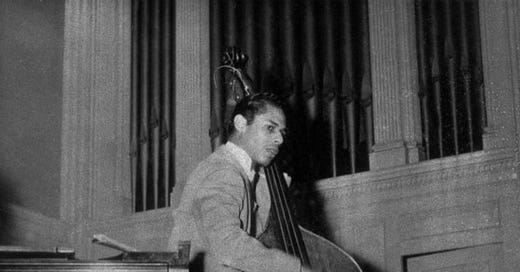





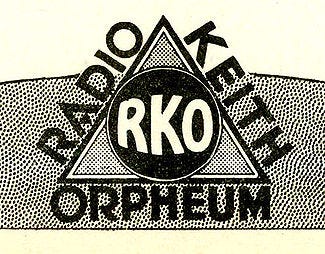


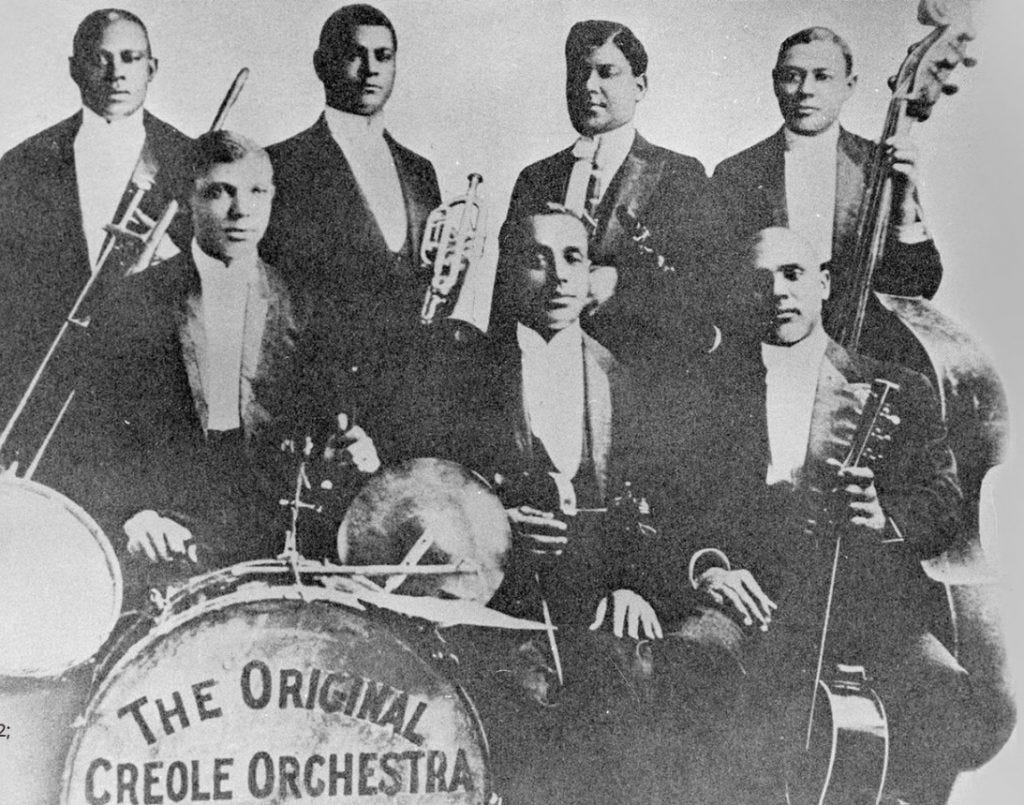
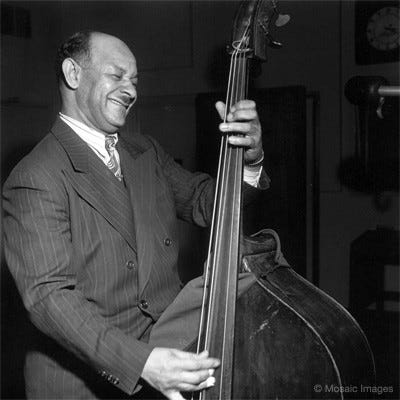
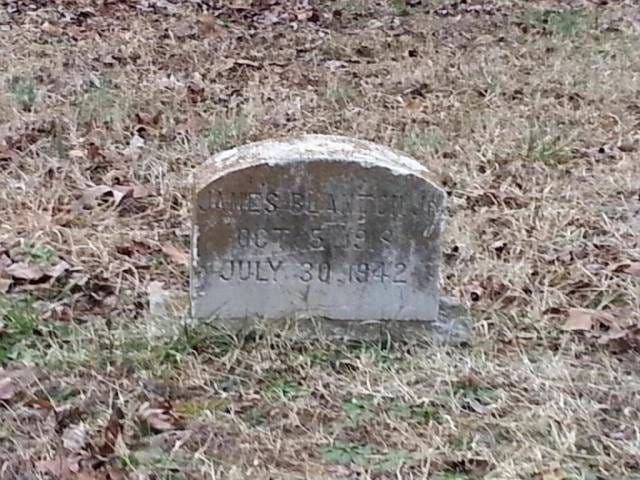
Another great read and listen....thank you!